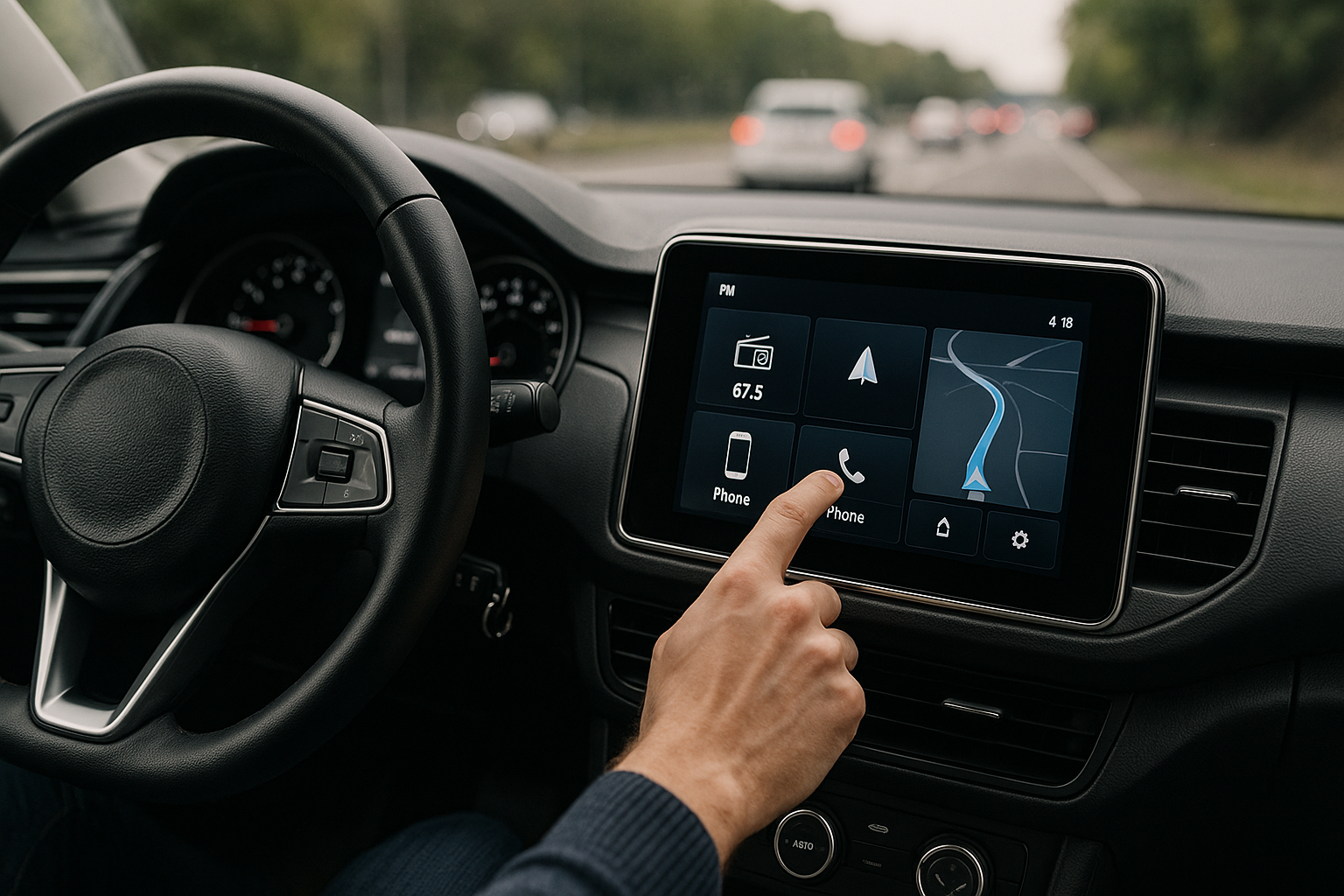Breaking Down the Intricacies of Modern Car Infotainment Systems
In the ever-evolving realm of automotive technology, the humble car radio has evolved into a complex infotainment system, becoming an integral part of the driving experience. Offering the driver an array of features from navigation to hands-free calling, the infotainment system has revolutionized the in-car environment. However, the complexities of these systems remain largely unexplored, leaving a gap between their potential and their utilization by the average driver.

The Journey from Radio to Infotainment Systems
Car radios were first introduced in the 1930s, but it was not until the 1980s that they began evolving into modern infotainment systems. The advent of digital technology and the increasing integration of software in automobiles spurred this transformation. Early infotainment systems offered rudimentary features like AM/FM radio and cassette or CD players. However, the advent of smartphones and mobile data in the late 2000s ushered in a new era of connectivity, enabling the development of advanced infotainment systems laden with features.
Navigating the Modern Infotainment System
Today’s infotainment systems offer an extensive range of features. They provide real-time traffic updates, GPS navigation, hands-free calling, and music streaming services, among others. Some even offer voice recognition, enabling drivers to control various features with voice commands. However, the increased complexity of these systems can lead to user confusion and distraction, posing a challenge to manufacturers to ensure safety and ease-of-use.
The Impact of Infotainment Systems on the Automotive Industry
Infotainment systems have become a critical factor in car purchasing decisions, leading to increased competition among manufacturers. They have also opened up a new revenue stream for car companies, who now collaborate with software developers and tech companies to create unique user interfaces and features. The incorporation of these systems has also led to regulatory challenges, with authorities grappling with issues like driver distraction and data privacy.
Overcoming the Challenges of Infotainment Systems
While these systems offer numerous benefits, they also pose a set of challenges. Distraction is a significant concern, with many features potentially diverting the driver’s attention from the road. To address this, manufacturers are investing in research and development to create intuitive user interfaces and limiting the functionality of certain features while the vehicle is in motion. Data privacy is another concern, as these systems collect and transmit a significant amount of user data.
The Future of Infotainment Systems
The future of infotainment systems lies in increased personalization and connectivity. As Artificial Intelligence and machine learning become more integrated into these systems, they will become more intuitive and personalized. They will also increase connectivity, linking cars to smart devices and even smart cities, enabling a seamless driving experience.
In conclusion, the car infotainment system has come a long way from the simple car radio, becoming an integral part of the modern driving experience. As technology continues to evolve, these systems will become even more sophisticated, offering drivers a wealth of information and entertainment at their fingertips. However, manufacturers must continue to address concerns around distraction and data privacy to ensure the safety and trust of drivers.




